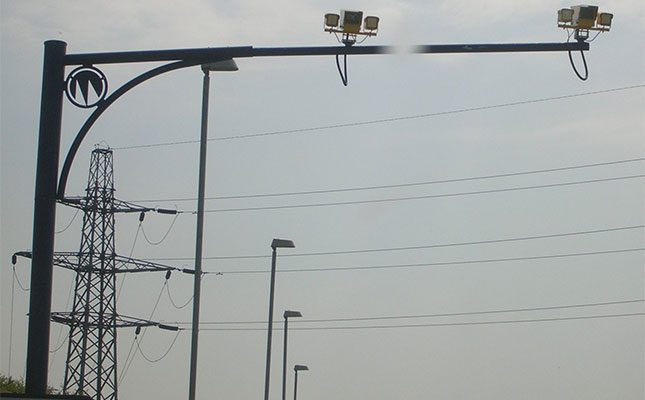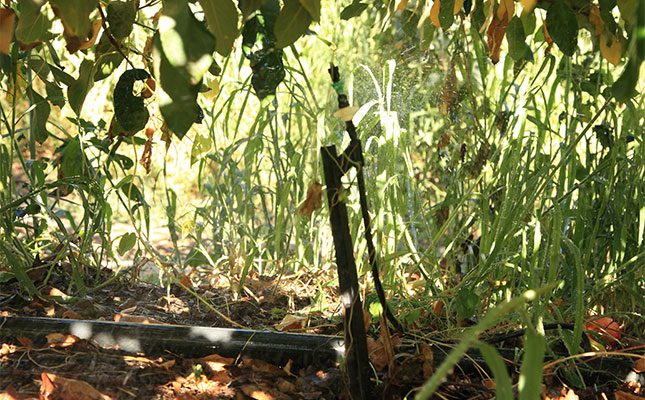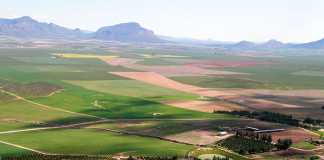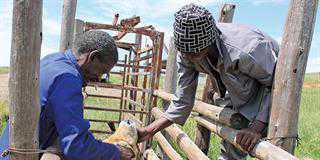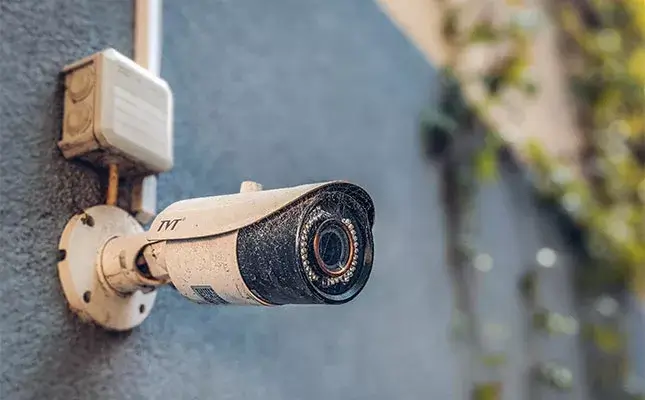
Photo: Wikemedia Commons
Pieter Knipschield, risk manager at Sappi and chairperson of the Lowveld Timber Threat Forum, and Wilhelm Groenewald, operations manager for both the Lowveld Timber Threat Forum and IPSS Security Services in Mpumalanga, are experienced safety representatives who constantly face the challenges that come with crime prevention in South Africa.
Drawing on their experience, they emphasise practical measures farmers can take to protect their farms, livestock, equipment, and people.
“It is crucial to utilise a broad range of security barriers that are not only effective on the specific property but are linked to local farm protection units or private security companies to notify them of any suspicious activity,” says Knipschield.
Groenewald adds: “External assistance needs to be able to reach you as easily as possible.”
Common mistakes
According to Groenewald, one of the most common mistakes isolated homeowners like farmers make is to reveal unnecessary details about the protective measures in place on their properties.
“There is a strong likelihood that a farmhouse will be broken into based on information gathered by staff or visitors on the farm,” he explains.
Since farms are typically located far from residential areas where surveillance of the property can be done beforehand, break-ins could be an ‘inside job’. Intruders would need access to information only accessible to individuals who know how to enter and bypass security on an isolated property.
Knipschield encourages farmers to constantly change the layout of security barriers to avoid predictability. If the property has wireless cameras and sensors, he advises that they be placed at varying locations or, if possible, removed altogether when non-residents are on the property.

Worthwhile investments
Groenewald says security technology has improved significantly, giving homeowners better surveillance capabilities. For example, automatic number plate recognition cameras allow private individuals to flag vehicles, which are then circulated nationwide via a central database.
When a flagged vehicle is detected by another camera elsewhere, the operator who originally flagged it is notified of its most recent location. Investing in detection surveillance allows for effective reporting between farmers and local authorities.
“The cameras act as an early detection measure and are especially effective on private or isolated roads,” he adds.
Alongside vehicle detection software, infrared cameras are becoming increasingly feasible for home protection, as they allow homeowners to monitor dark areas around the property.
“Infrared is effective because you don’t need additional lighting to detect movement. Thermal infrared is especially useful, as it detects and isolates heat signatures, which is perfect for homes surrounded by dense vegetation,” explains Knipschield.
Although these cameras are a hefty investment, they offer comprehensive surveillance coverage in complete darkness.
Aside from physical protective barriers, Knipschield also advises farmers and rural homeowners to educate themselves on security protocols and the legal frameworks around farm intrusions.
Numerous farm watch groups and farmers’ unions nationwide host educational talks where guest speakers share their knowledge and answer questions.
The implementation of proactive and reactive security measures around farm properties contributes to better personal protection and the prevention of unlawful entry and theft.


